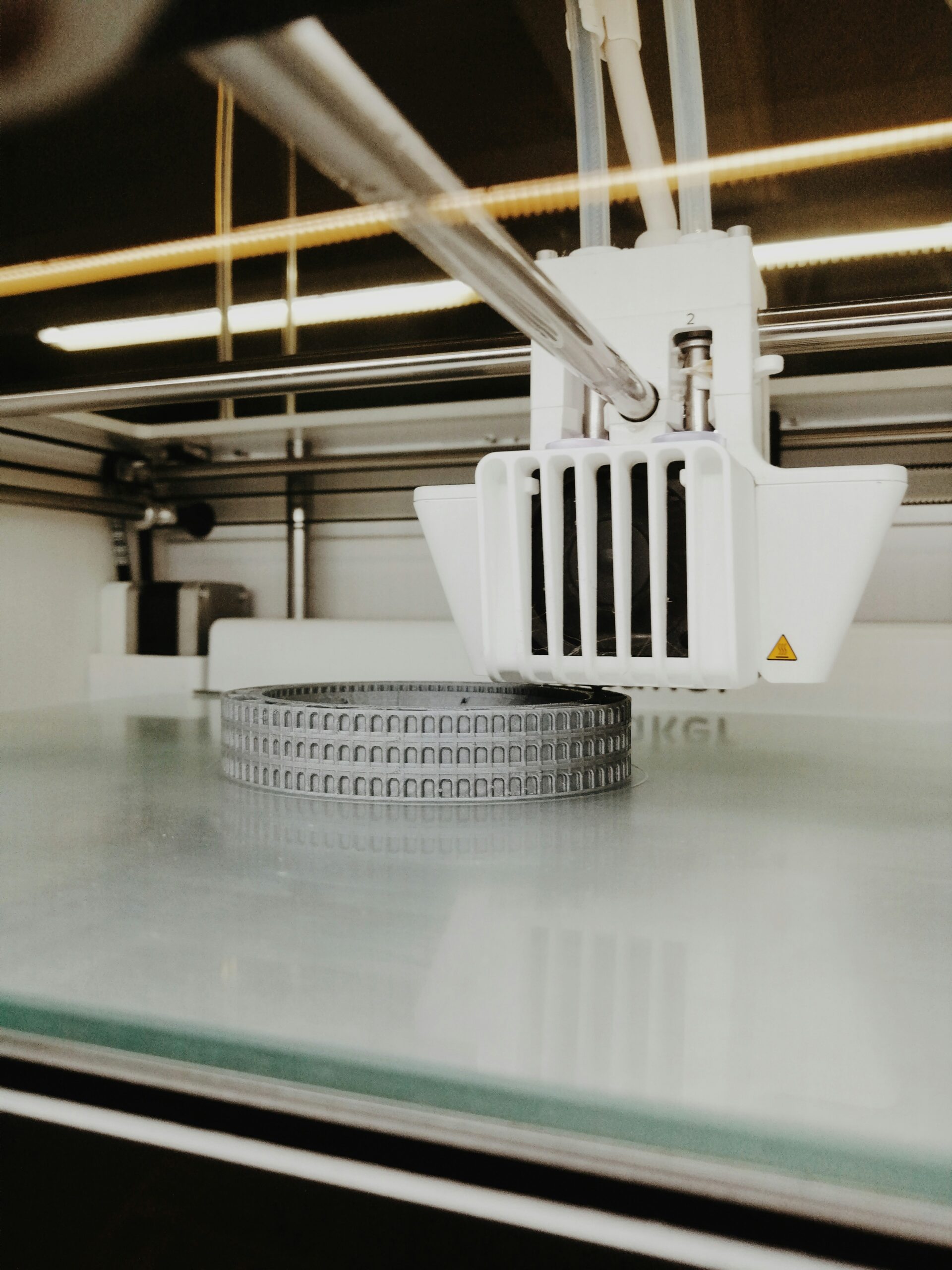
- arrow_back Home
- keyboard_arrow_right Uncategorised
Automotive 3D Printing: Reducing Costs and Customizing Designs
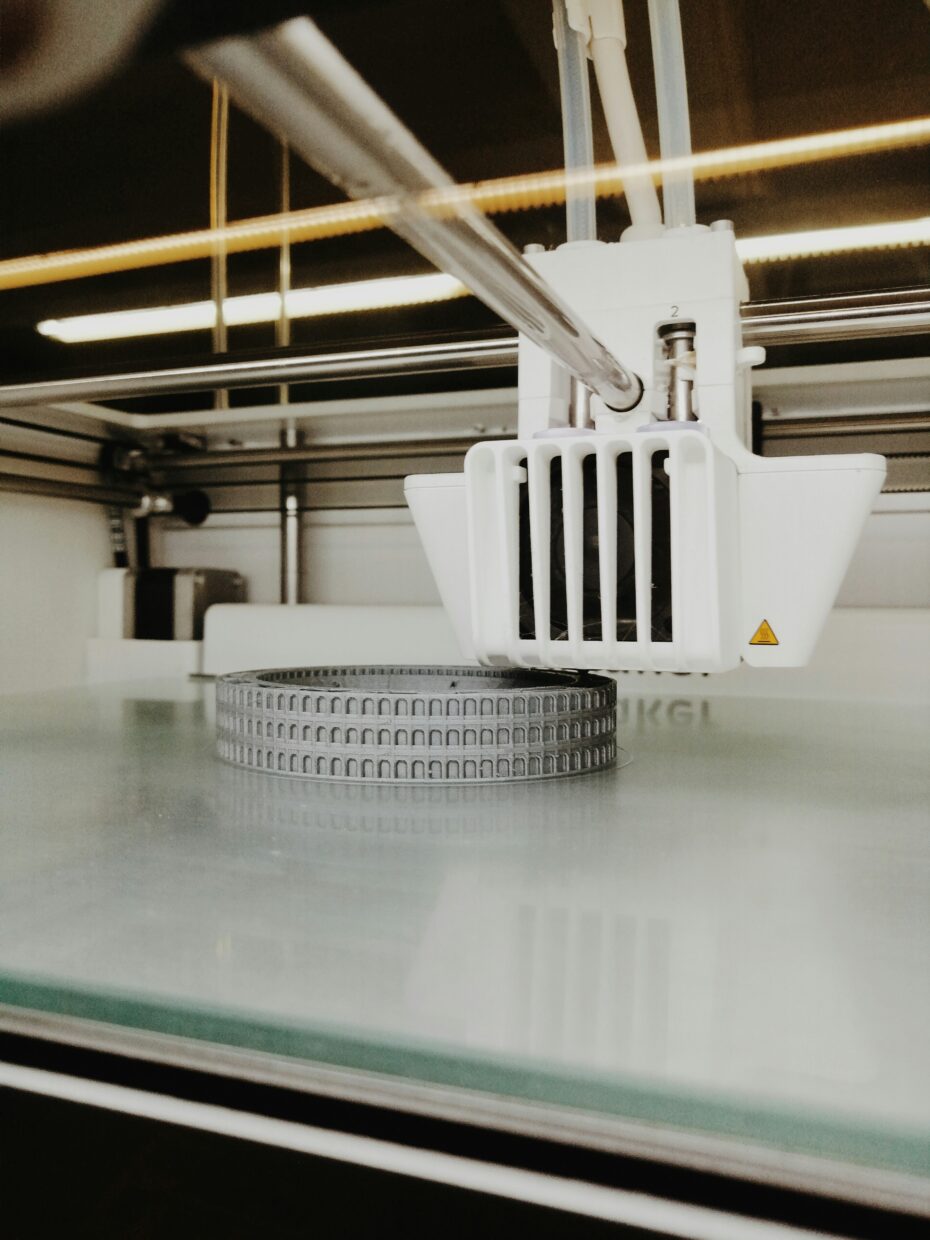
Uncategorised Chris Wyatt 11 June 2024
In the rapidly evolving automotive industry, 3D printing has emerged as a revolutionary technology with the potential to transform traditional manufacturing processes. “Automotive 3D Printing: Reducing Costs and Customizing Designs” delves into the profound impact of 3D printing on cost efficiency and design flexibility within the sector. By leveraging advanced 3D printing techniques, you can significantly reduce the expenses associated with prototype production, tool creation, and the customization of vehicle components. This innovative approach not only streamlines the manufacturing process but also allows for greater personalization and precision in automotive design, catering to the ever-increasing demand for bespoke solutions. Have you considered how advancements in technology are transforming the automotive industry? One significant innovation that is making waves is 3D printing. Not only is it revolutionizing how we think about design and manufacturing, but it is also paving the way for cost reduction and enhanced customization.
Welcome to an in-depth exploration of “Automotive 3D Printing: Reducing Costs and Customizing Designs.” In this article, we will delve into the various facets of 3D printing within the automotive sector, focusing on how it reduces costs and enables customized designs.
What is 3D Printing?
3D printing, also known as additive manufacturing, involves creating a three-dimensional object from a digital file. This process builds an object layer by layer, which allows for intricate designs that might be difficult or impossible to achieve using traditional manufacturing techniques.
In the context of the automotive industry, 3D printing serves multiple purposes, from prototyping and tooling to manufacturing end-use vehicle parts.
How 3D Printing Reduces Costs
One of the standout benefits of 3D printing is its potential to significantly lower production costs. Let’s break down how this is achieved:
Prototyping
Prototyping is an essential stage in product development. Traditional prototyping methods are not only time-consuming but also costly. Here’s where 3D printing shines:
| Traditional Prototyping | 3D Printing Prototyping |
|---|---|
| Takes weeks or months | Takes days or hours |
| Requires expensive tooling | No tooling required |
| High costs for multiple iterations | Low cost per iteration |
By eliminating the need for expensive tooling, 3D printing allows for rapid prototyping, enabling design teams to test and iterate quickly. This efficiency can result in substantial cost savings.
Reducing Material Waste
Traditional manufacturing methods often involve cutting away material from a larger block, resulting in waste. In contrast, 3D printing is an additive process, which means you only use the material that is necessary for the part.
Economical Customization
For custom or low-volume parts, traditional manufacturing methods can be prohibitively expensive due to the need for specialized molds or tooling. 3D printing sidesteps these costs, making it more affordable to produce customized components, regardless of the order volume.
Simplifying Supply Chains
3D printing enables decentralized production, which can shorten supply chains and reduce the costs associated with shipping and logistics. Automotive companies can produce parts on-demand and close to the point of use, driving further cost savings.
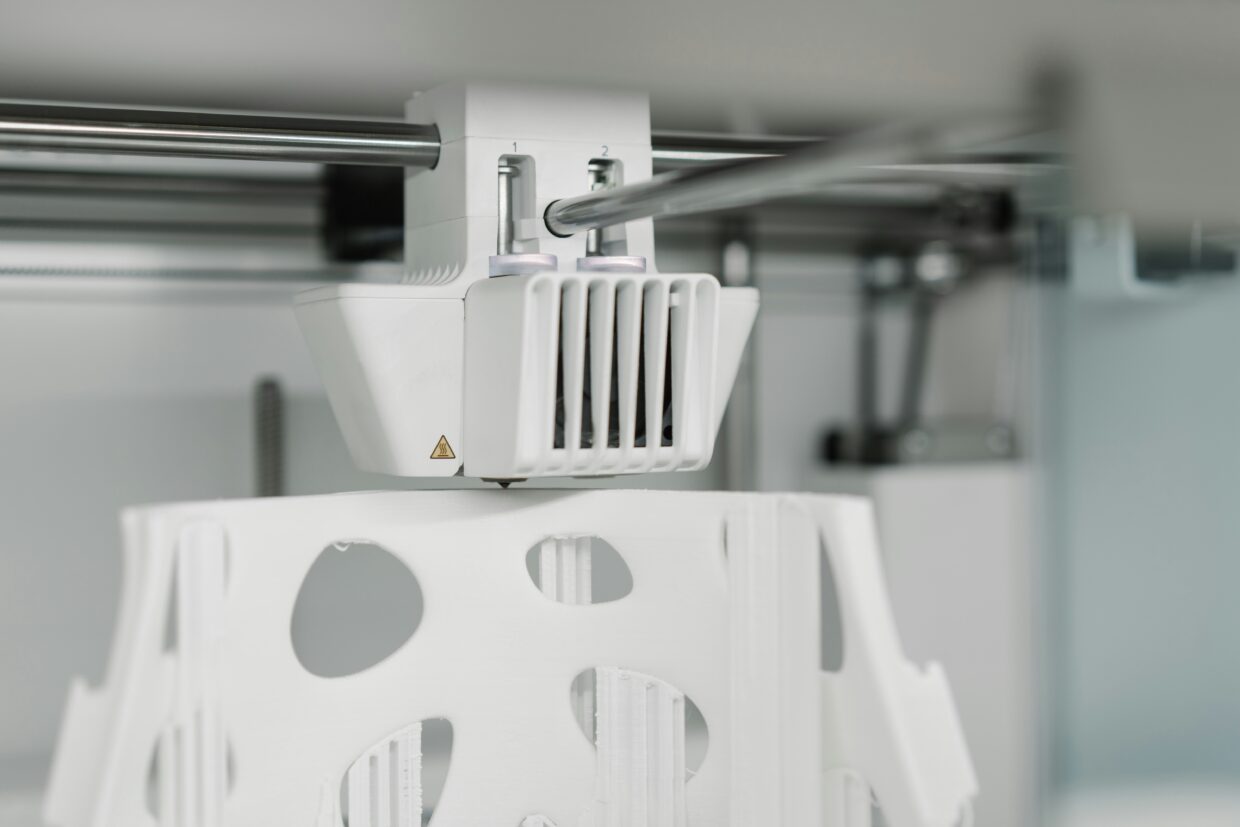
Enhancing Design Customization
Customization is rapidly becoming a competitive advantage in the automotive industry. Here’s how 3D printing makes it easier to offer customized designs:
Rapid Design Iteration
With 3D printing, design modifications can be made quickly and without the need for retooling. This flexibility is crucial when making bespoke modifications or when dealing with unique customer requirements.
Complex Geometries
3D printing can produce complex shapes that are impossible or extremely difficult to achieve with traditional methods. This capability opens up new possibilities for innovative designs and functional improvements.
Interior Customization
Interior components, such as dashboards, control panels, and even seating arrangements, can be customized to suit customer preferences. Automotive manufacturers can offer a range of personalized options, enhancing the customer experience.
Lightweight Components
One of the significant challenges in automotive design is reducing weight to improve fuel efficiency. 3D printing allows for the creation of lightweight components with complex, weight-saving geometries that are not feasible with traditional manufacturing methods.
Case Studies: 3D Printing in the Automotive Industry
To better understand the impact of 3D printing, let’s look at some real-world examples:
Ford Motor Company
Ford has been leveraging 3D printing for several years. They use it extensively for prototyping new vehicle designs, which helps them bring new models to market more quickly. According to Ford, using 3D printing has cut prototype development time by as much as 90%.
General Motors (GM)
GM has implemented 3D printing to produce assembly tools, cutting the tool production cost by up to 90%. Furthermore, they have been able to reduce the weight of certain parts by 40%, leading to significant savings and performance improvements.
BMW
BMW uses 3D printing for both prototyping and producing end-use parts. Their Mini brand offers customized 3D printed components, allowing customers to personalize aspects of their vehicles, such as interior trims and exterior features.
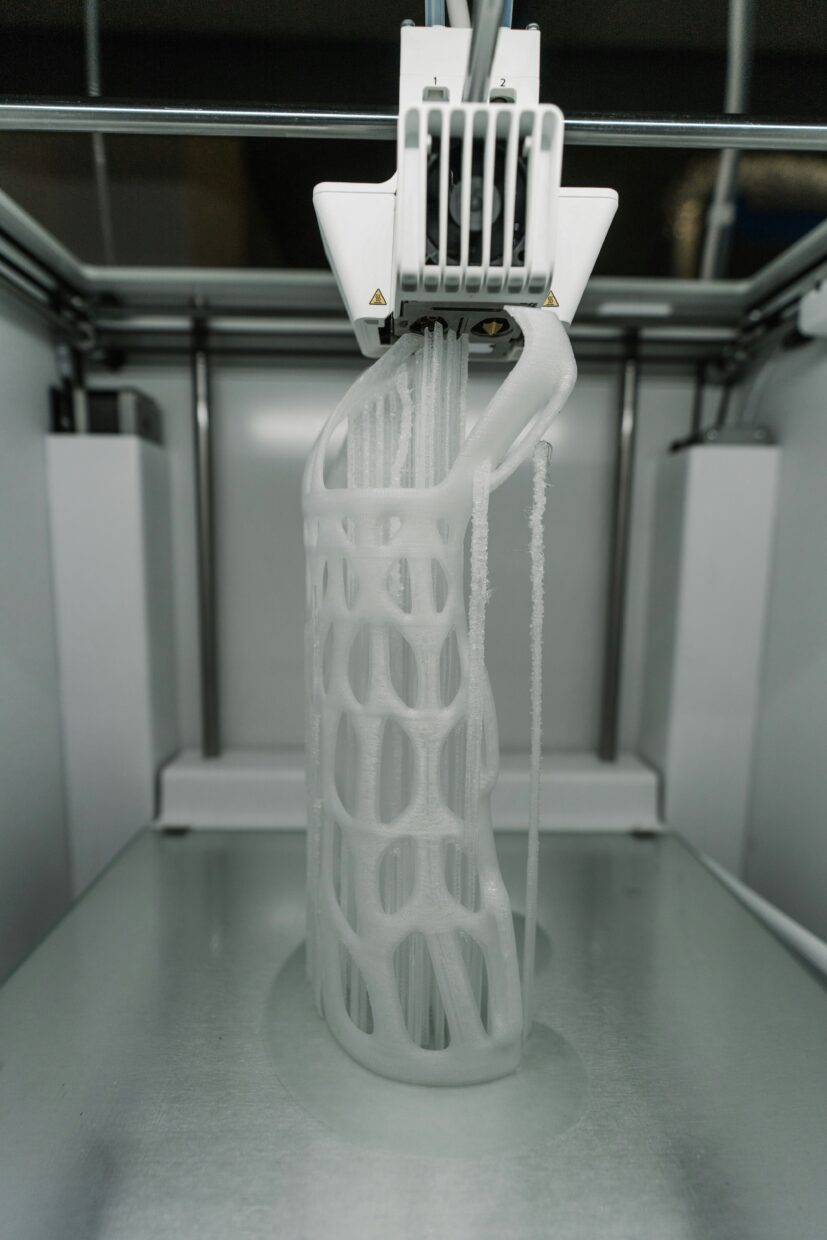
Materials Used in Automotive 3D Printing
The versatility of 3D printing in the automotive sector is largely due to the variety of materials that can be used. Here are some commonly used materials:
| Material | Properties | Typical Uses |
|---|---|---|
| PLA (Polylactic Acid) | Biodegradable, easy to print | Prototyping, interior parts |
| ABS (Acrylonitrile Butadiene Styrene) | Durable, impact-resistant | Functional prototypes, end-use parts |
| Nylon | Strong, flexible, wear-resistant | Gears, functional parts |
| Metal (Aluminum, Titanium) | High strength, lightweight | Engine components, structural parts |
| Carbon Fiber-Reinforced Polymer | Very strong, lightweight | High-performance parts, custom applications |
PLA (Polylactic Acid)
PLA is a biodegradable thermoplastic derived from renewable resources like corn starch or sugar cane. It is easy to print and ideal for prototyping interior components.
ABS (Acrylonitrile Butadiene Styrene)
ABS is another thermoplastic that is more durable and impact-resistant than PLA. It’s a popular choice for functional prototypes and some end-use parts due to its mechanical properties.
Nylon
Nylon is known for its strength, flexibility, and wear resistance, making it suitable for gears and other functional parts in vehicles.
Metals (Aluminum, Titanium)
Metals like aluminum and titanium can be 3D printed, offering high strength and low weight. These materials are ideal for critical components like engine parts and structural elements.
Carbon Fiber-Reinforced Polymer
Carbon fiber-reinforced polymers are extremely strong and lightweight, making them perfect for high-performance parts and custom applications that require superior strength-to-weight ratios.
The Future of 3D Printing in the Automotive Industry
The future of 3D printing in the automotive industry looks promising, with continuing advancements in technology and materials.
Emerging Technologies
Emerging technologies, like multi-material 3D printing and advanced simulation software, are poised to further revolutionize the industry. These technologies will enable even more complex designs and optimized performance.
Expansion of Customization
As consumers demand more personalized vehicles, the role of 3D printing in offering customized options will likely expand. This will not only differentiate brands but also enhance customer satisfaction.
Sustainable Manufacturing
3D printing supports sustainable manufacturing practices by reducing waste and enabling the use of eco-friendly materials. As environmental regulations become more stringent, the adoption of 3D printing for sustainable manufacturing will likely increase.
Prototyping to Full-Scale Production
Currently, 3D printing is mostly limited to prototyping and small-scale production. However, as technology advances and costs decrease, we can expect to see 3D printing being used for full-scale production of complex, high-strength components.
Collaboration with Other Technologies
The integration of 3D printing with other technologies like AI, IoT, and blockchain will open new frontiers in the automotive sector. For instance, AI can optimize 3D printing processes, while blockchain can ensure the authenticity and traceability of 3D printed parts.

Challenges and Limitations
While 3D printing offers numerous benefits, it also comes with its own set of challenges and limitations:
Material Limitations
Although there is a wide range of materials available for 3D printing, the number is still limited compared to traditional manufacturing. Ongoing research aims to expand the list of usable materials.
High Initial Costs
The initial setup costs for 3D printing can be high, particularly for industrial-grade printers. However, these costs are expected to decrease over time as the technology becomes more widespread.
Scaling Issues
While 3D printing is excellent for prototyping and small-scale production, scaling up to mass production remains a challenge. This is an area where significant advancements are anticipated.
Post-Processing Requirements
Many 3D printed parts require post-processing, such as smoothing or machining, to achieve the desired finish. This additional step can add to the time and cost of production.
Conclusion
Automotive 3D printing is more than just a technological trend; it’s a transformative approach to manufacturing that offers significant advantages in cost reduction and design customization. From rapid prototyping to the production of lightweight, complex components, 3D printing is shaping the future of the automotive industry.
As technology continues to advance and become more accessible, the integration of 3D printing in mainstream automotive production is set to grow. While challenges remain, the benefits far outweigh the limitations, making 3D printing a cornerstone of automotive innovation.
In summary, by adopting 3D printing, automotive manufacturers can not only reduce costs but also offer enhanced customization, which is increasingly demanded by today’s consumers. The road ahead for automotive 3D printing is undoubtedly exciting, paving the way for more sustainable, efficient, and innovative vehicle production.
About Ultimate 3D
Learn everything there is to know about 3D Printers and the different components and printing materials.
Site Links
Copyright 2024 Ultimate 3D







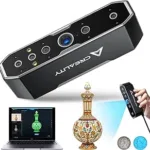
Be the first to leave a comment